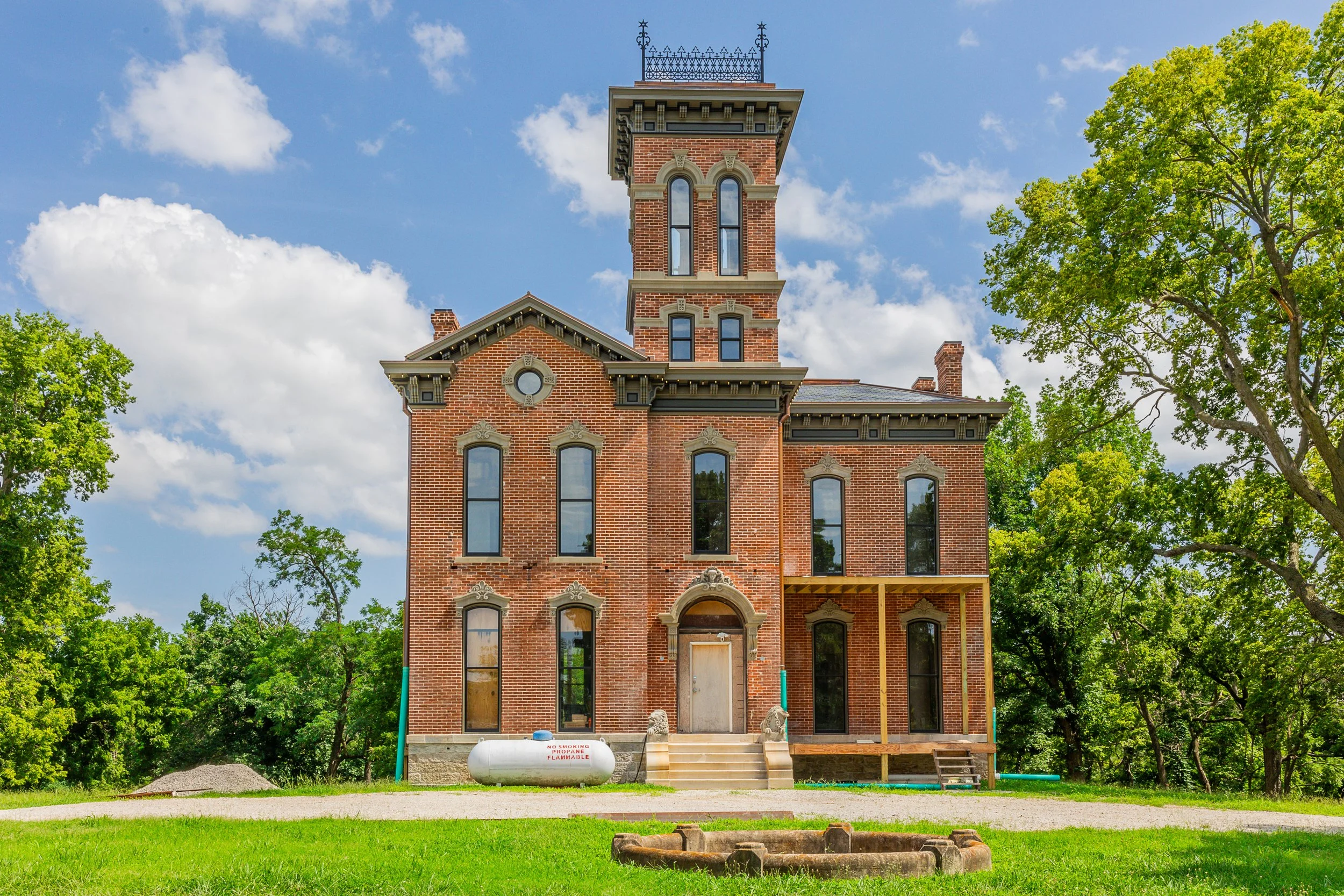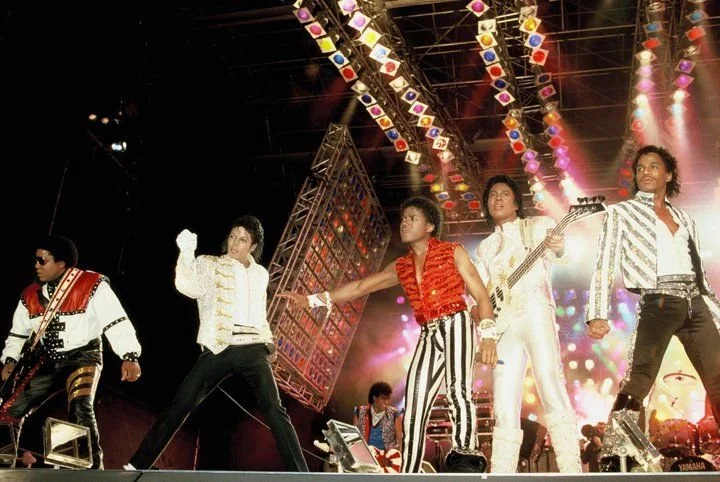The Story of The Midland Theatre
The Story of The Midland TheatreIf you were forwarded this email, click here to subscribe (it's free!) Read this story online | Sponsor this newsletter | Shop 📸 Loew’s Midland Theatre opened in 1927 as one of Kansas City’s most prominent entertainment venues, reflecting the growth of cinema and live performance during the 1920s. Located within the Midland Building complex downtown, the theatre was part of a nationwide expansion by the Loew’s chain, which sought to create grand, architecturally significant spaces for film and stage. The building was designed by architect Thomas W. Lamb, one of the leading theater architects of the era. It combines Second Renaissance Revival with elements of Second Empire and Commercial styles. The exterior features terracotta detailing over red and buff brickwork, with a vertical design emphasized by pilasters and cornices. The ground level includes arched windows and decorative metalwork that set the stage for the elaborate interior beyond.
Inside, the theatre was designed to impress. The main auditorium includes detailed plasterwork, classical motifs, and a large domed ceiling with stained glass. Gold leaf, velvet, and silk were used throughout the space, which was meant to offer an immersive experience. The Midland could seat over 4,000 guests, making it one of the largest theaters in the United States at the time of its opening. In addition to its appearance, the Midland incorporated several technological innovations. It was among the first American theaters to feature a cantilevered balcony, which provided better sightlines without the need for supporting columns. It also included early versions of air conditioning, as well as heating and ventilation systems that were integrated into the design.
The Midland opened during a period of significant change in the entertainment industry. The 1920s marked the transition from silent films to sound, and the theatre was equipped to handle this shift. It served not only as a movie theater, but also hosted vaudeville shows, orchestras, and later, concerts and touring productions. Over the decades, the Midland played an important role in the city’s cultural and economic life. It helped anchor downtown as a commercial and entertainment district, and became a familiar landmark for generations of Kansas Citians. The building has undergone multiple renovations, each aimed at preserving its historic design while updating it for contemporary use.
Today, the Midland continues to operate as a live performance venue. Its restoration has preserved key architectural elements while adapting the space for concerts, special events, and community gatherings. Nearly a century after it opened, the theatre remains a functional part of Kansas City’s cultural infrastructure and a reminder of the city’s early investment in the performing arts. Is The Midland theater haunted? [2012 video]This Week's Featured Home6441 High Dr, Mission Hills, KS 66208 Located in the heart of Old Sagamore, this 4-bedroom, 4.5-bath brick Colonial offers 6,425 sq. ft. of finished space. Recent upgrades include a new main floor/LL HVAC (2025) and a new roof (2022). The Viking-equipped kitchen opens to a spacious family room with fireplace and French doors to a brick patio. Additional main floor features include a vaulted den, formal living and dining rooms, and dual staircases. The primary suite includes a fireplace, large walk-in closet with island, and a spacious bath. Upstairs has 3 more bedrooms and 2 full baths.
Realtors: interested in sponsoring this section to 10K+ readers? Just email me at hello@kcyesterday.com! ps: then vs. now of the River Market. |
Stories from the City - History of Kansas City
Join thousands of others and discover Kansas City's captivating history every week with the exclusive newsletter from KC Yesterday. Sign up now to unlock fascinating stories about the mafia, architecture, prohibition, sports, and everything in between!
The Story of Sauer Castle (1873) If you were forwarded this email, click here to subscribe (it's free!) Read this story online | Sponsor this newsletter | Shop 📸 KC Yesterday Sauer Castle, located at 935 Shawnee Road in Kansas City, Kansas, is one of the region’s most recognized examples of Italianate architecture and one of the most historically significant residences in the city. Construction began around 1871 and was completed in 1873 as the home of German immigrant Anton Sauer and his...
The Story of The Hyatt Regency Walkway Collapse: KC's Darkest Day If you were forwarded this email, click here to subscribe (it's free!) Read this story online | Sponsor this newsletter | Shop 📸 Exactly 44 years ago, on July 17, 1981, a catastrophic structural failure occurred at the Hyatt Regency Hotel. Two suspended walkways inside the hotel’s atrium collapsed during a crowded evening event, resulting in the deaths of 114 people and injuries to 216 others. It remains one of the deadliest...
The Story of The Jacksons at Arrowhead in 1984 If you were forwarded this email, click here to subscribe (it's free!) Read this story online | Sponsor this newsletter | Shop 📸 July 6-8, 1984: The Jacksons at Arrowhead Stadium In the summer of 1984, The Jacksons launched their North American Victory Tour with three sold-out shows at Arrowhead Stadium. In a rare move, Arrowhead officials accepted a flat $100,000 fee instead of their usual cut of ticket and concession sales. The Victory Tour...





